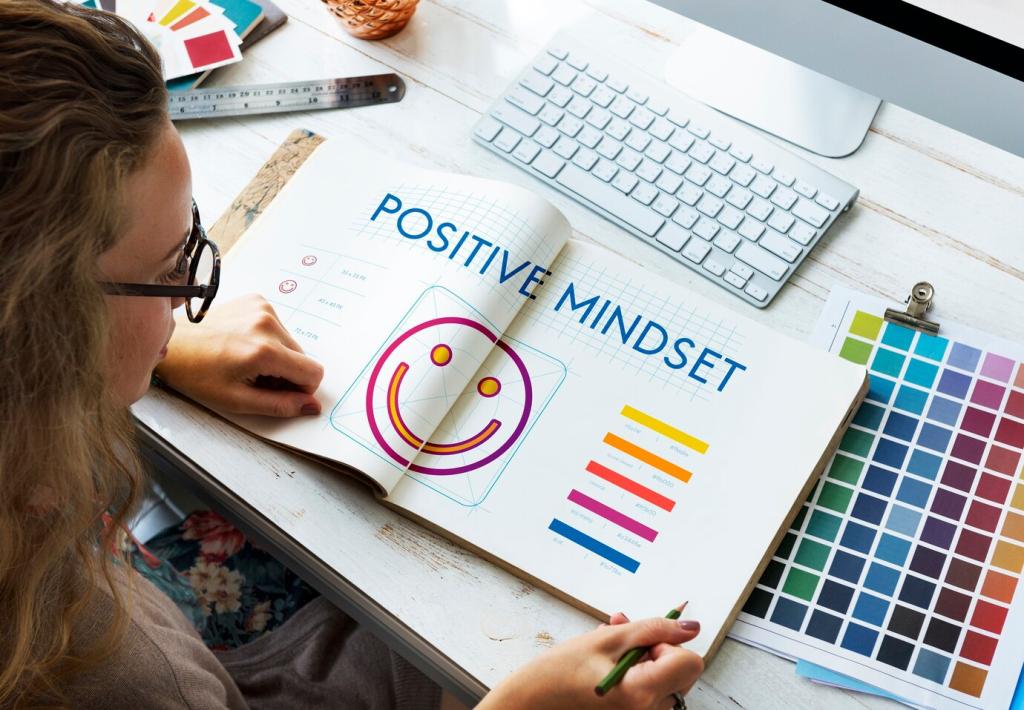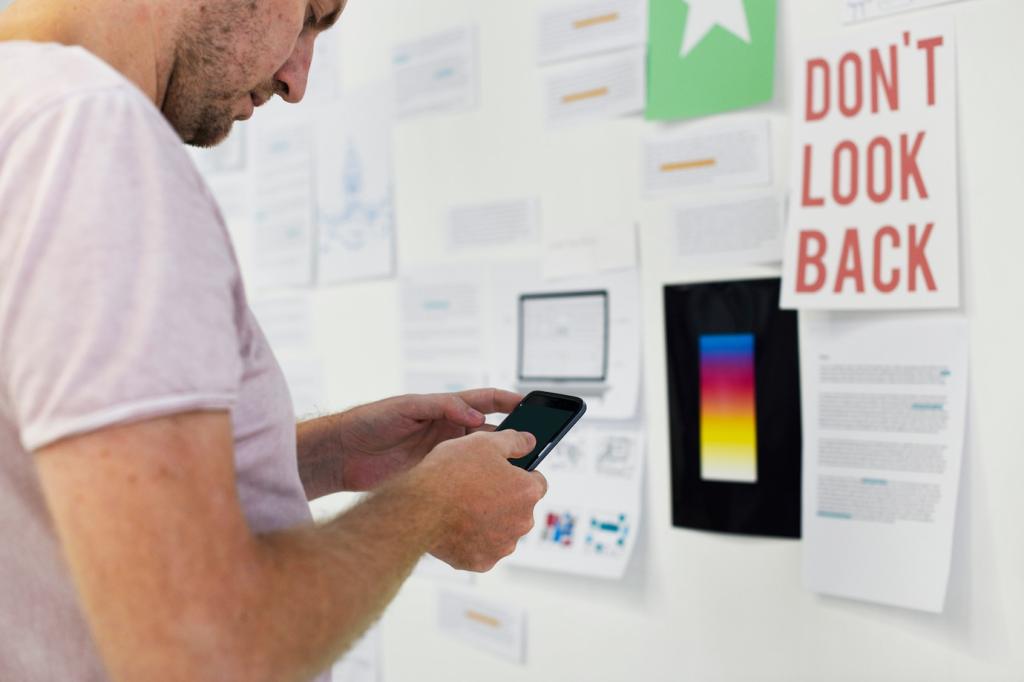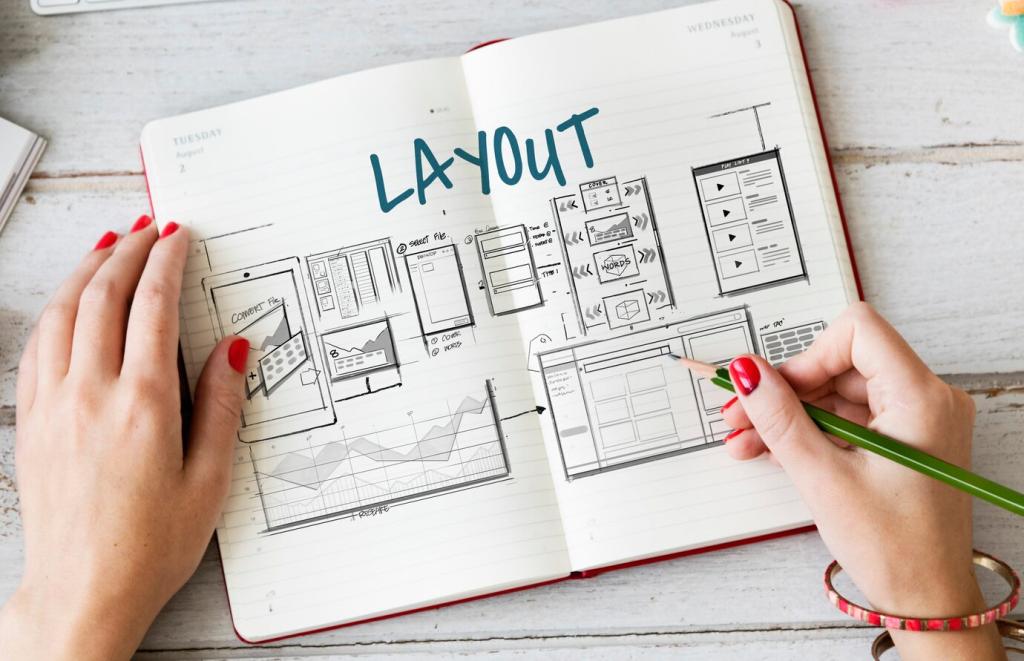Discover the Latest Trends in Mobile User Interface Design
Chosen theme: Trends in Mobile User Interface Design. Explore the ideas shaping how we tap, swipe, speak, and connect with apps—crafted for real-world use, delightful moments, and accessible experiences. Join the conversation, subscribe, and help map what comes next.

Microinteractions and Subtle Motion
Delight Without Distraction
Microinteractions should whisper, not shout. A gentle ripple after a tap, a soft bounce on refresh, or a tiny success checkmark can reassure users. Keep motion meaningful, reduce duration, and invite feedback: which tiny moments do your users remember?
Haptic Cues as Silent Helpers
Thoughtful haptics can signal success, warn of errors, and subtly confirm navigation. Calibrate intensity and duration for comfort, and offer an easy opt-out. Share your go-to patterns for haptic feedback that inform without overwhelming or draining battery life.
Anecdote: The Toggle That Smiled
We replaced a jarring toggle animation with a softer, springy easing curve and a gentle tick haptic. Support requests dropped, and users described it as “friendly.” Tell us: which small motion change made the biggest difference in your app?

Personalization and Adaptive UI

Context-Aware Layouts
Adaptive UI reshapes itself for location, time, and intent—surfacing quick actions on the go, and richer options at home. Keep adaptations explainable and reversible. How are you using context to reduce taps while preserving user agency and clarity?

Data Ethics and Transparent Controls
Personalization thrives when users trust it. Offer prominent toggles, plain-language explanations, and visible reset options. Show what changed and why. Invite users to fine-tune recommendations. Share your best practice for building confidence without resorting to dark patterns.

Case Study: Commuter Mode
A transit app surfaced one-handed shortcuts during typical commute hours and expanded details at home. Complaints about accidental taps fell. Retention nudged upward. Would your product benefit from a time-bound, place-aware mode? Ask readers to vote and suggest scenarios.
Gesture-First Navigation and Thumb Zones
Designing for Reach and Comfort
Map primary actions to the natural thumb arc. Keep critical controls in the lower half, and reserve upper areas for glanceable info. Test with real grips and devices. Comment with screenshots of your reach maps and what surprised your team most.
Hidden Complexity, Visible Clarity
Gestures can conceal power while keeping interfaces clean. Pair them with visible hints, onboarding tips, and undo. Provide a menu fallback for discoverability. How do you balance elegant minimalism with learnability? Share your micro-tutorial techniques below.
Edge Cases and Accessibility
Edge-swipe gestures can clash with system navigation and screen readers. Offer alternative buttons, adjustable sensitivity, and clear focus states. Validate with assistive tech users early. Invite readers: what’s your most effective accessibility safeguard for gesture-heavy designs?
Evolving Visual Styles: From Neumorphism to Tactile Practicality
Depth can clarify hierarchy when contrast stays strong. Favor crisp edges, minimal blur, and dynamic elevation tied to interaction. Always test in bright light and grayscale. Post your contrast ratios and show how you solved for low-vision users elegantly.

AI Assistants and Conversational UI Inside Apps
Embed small, contextual helpers: suggest a reply, generate a summary, or prefill a form—always with visible edit controls. Mark AI outputs clearly and allow quick revert. What’s your favorite micro-copilot that saved users time without hijacking their flow?
Privacy, On-Device ML, and Offline-First UX
Graceful Degradation Offline
Cache content, queue actions, and communicate sync status plainly. Replace dead ends with small wins: draft saving, local search, and partial results. Ask your audience: which offline pattern most improved user trust, and how did you signal limits without frustration?


Edge Models Without Draining Battery
On-device ML enables fast, private predictions. Batch tasks, use lower-precision models, and honor battery saver modes. Visualize processing states clearly. Share your experience balancing responsiveness, accuracy, and battery health across mid-tier devices and different chipset generations.
Join our mailing list
